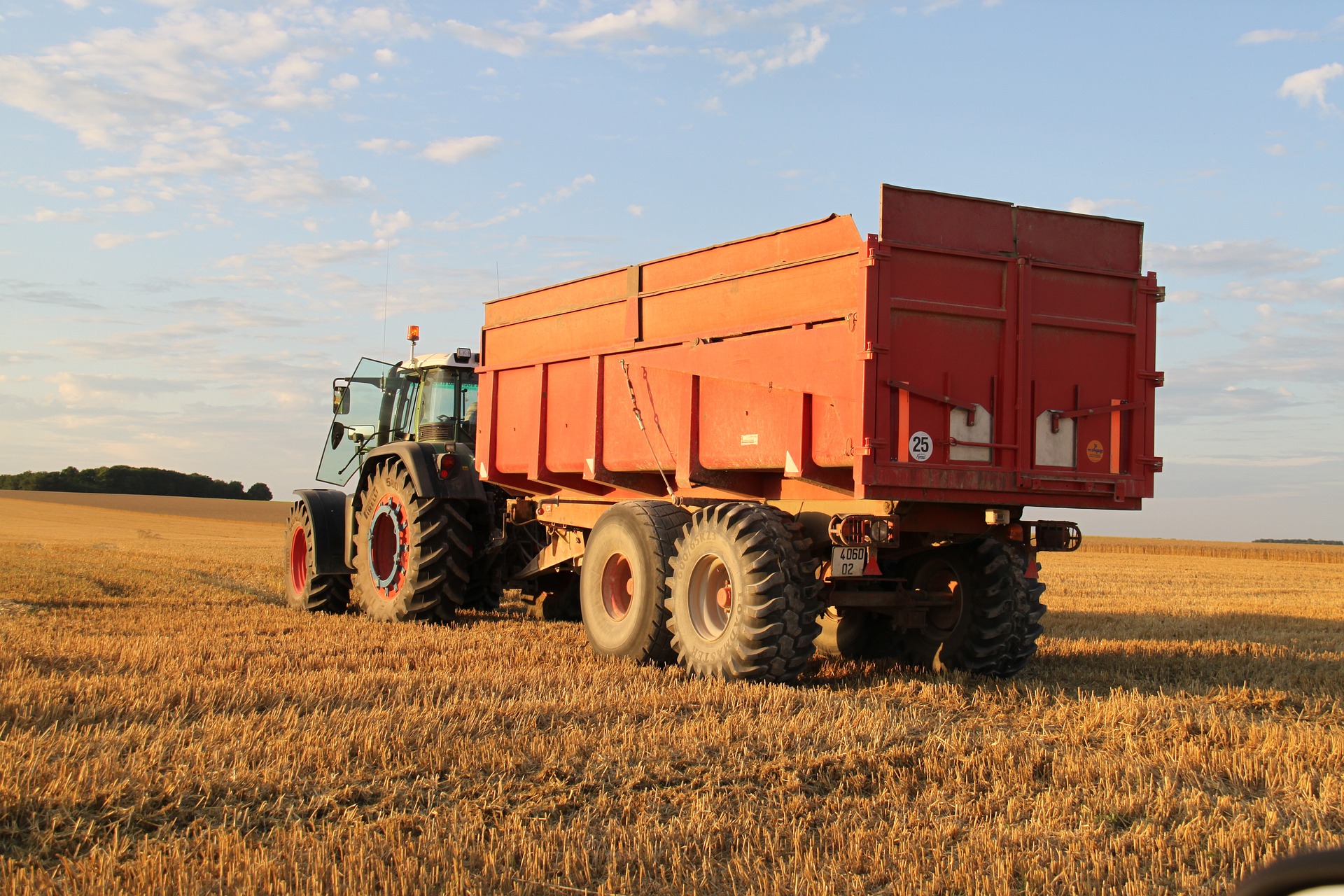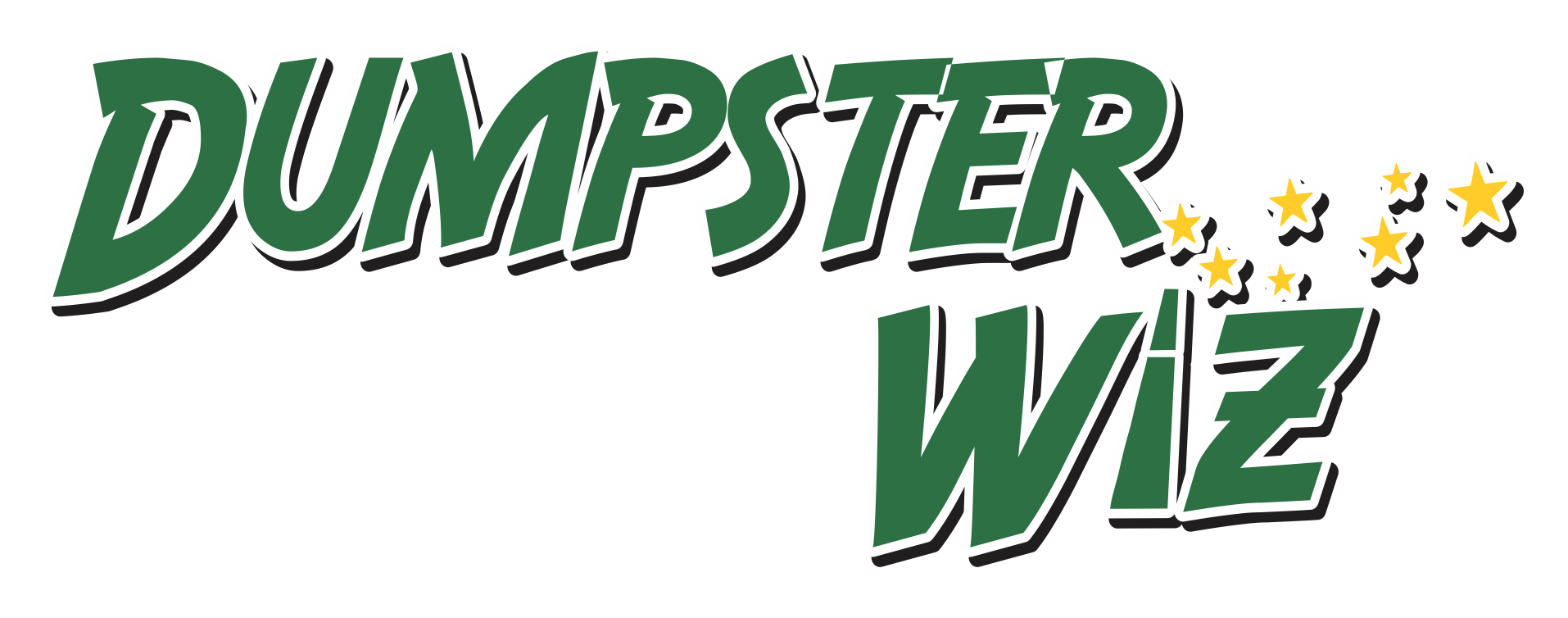Choosing the Right Dumpster Size for Your Needs: A Comprehensive Guide

Have you ever found yourself staring at a mountain of debris, wondering how on earth you’re going to get rid of it all? Whether you’re tackling a home renovation, clearing out years of clutter, or managing a construction site, selecting the right dumpster size is crucial for efficient waste management. This guide will walk you through everything you need to know about choosing the perfect dumpster size for your project, helping you save time, money, and headaches.
Why Dumpster Size Matters
Selecting the appropriate dumpster size is more than just a matter of convenience—it’s a decision that impacts your project’s cost, timeline, and environmental footprint. Too small, and you’ll find yourself needing multiple pickups or rentals. Too large, you’re paying for unused space and potentially violating weight restrictions. Let’s dive into the factors you need to consider and the sizes available to ensure you make the right choice.
Factors to Consider When Choosing a Dumpster Size
Now that you’re familiar with the standard dumpster sizes, let’s explore the key factors you should consider when making your selection:
- Project Type and Scope
The nature and scale of your project play a significant role in determining the right dumpster size. A small bathroom remodel will generate far less waste than a whole-house renovation. Consider the following project types and their typical dumpster size requirements:
- Single room remodel: 10-yard dumpster
- Whole house cleanout: 20-yard dumpster
- Major home renovation: 30-yard dumpster
- Commercial construction: 40-yard dumpster
- Types of Waste
The kind of waste you’ll be disposing of can impact your dumpster size choice. Some materials are bulkier or heavier than others. For instance:
- Concrete and brick are dense and heavy, requiring a smaller dumpster size by volume
- Yard waste and household junk are typically lighter and may need a larger dumpster
- Space Constraints
Consider where you’ll place the dumpster on your property. Ensure you have enough space not only for the dumpster itself but also for the delivery truck to maneuver. If space is limited, you might need to opt for a smaller dumpster size and schedule multiple pickups.
- Weight Limits
Each dumpster size has a maximum weight limit. Exceeding this limit can result in additional fees. Be sure to discuss weight restrictions with your rental company and choose a size that accommodates both the volume and weight of your waste.
- Rental Duration
If you’re working on a long-term project, you might benefit from a larger dumpster that requires fewer pickups. Conversely, for shorter projects, a smaller dumpster might suffice.
- Cost Considerations
While it might be tempting to choose the smallest (and often cheapest) option, this can backfire if you underestimate your waste volume. Needing additional dumpsters or pickups can end up costing more than renting a larger size from the start.
Common Dumpster Sizes and Their Uses
Here’s a breakdown of standard dumpster sizes and their typical applications:
10-Yard Dumpster
- Dimensions: Approximately 12′ L x 8′ W x 3.5′ H
- Capacity: About 3 pickup truck loads
- Best for: Small cleanouts, minor home repairs, or small landscaping projects
20-Yard Dumpster
- Dimensions: Approximately 22′ L x 8′ W x 4′ H
- Capacity: About 6 pickup truck loads
- Best for: Medium-sized renovation projects, large deck removals, or garage cleanouts
30-Yard Dumpster
- Dimensions: Approximately 22′ L x 8′ W x 6′ H
- Capacity: About 9 pickup truck loads
- Best for: Major home renovations, new construction, or large-scale cleanouts
40-Yard Dumpster
- Dimensions: Approximately 22′ L x 8′ W x 8′ H
- Capacity: About 12 pickup truckloads
- Best for: Commercial projects, large-scale construction, or major demolitions
Matching Dumpster Sizes to Common Projects
To help you visualize which size might be right for your needs, here’s a table matching common projects with recommended dumpster sizes:
| Project Type | Recommended Dumpster Size |
| Single Room Remodel | 10-Yard |
| Roof Replacement (1500 sq ft house) | 20-Yard |
| Whole House Cleanout | 30-Yard |
| Commercial Construction | 40-Yard |
| Small Landscaping Project | 10-Yard |
| Deck or Patio Removal | 20-Yard |
| Full Home Renovation | 30-Yard or 40-Yard |
Tips for Accurate Size Estimation
Estimating the right dumpster size can be tricky, but these tips can help:
- Visualize in Cubic Yards: One cubic yard is roughly the size of a standard kitchen stove.
- Use the “Heap” Rule: You can typically heap waste above the dumpster’s sides, adding about 20% more capacity.
- Consider Weight Limits: Even if you have space, exceeding weight limits can result in extra fees.
- Factor in Bulky Items: Large furniture or appliances can quickly fill a dumpster.
- When in Doubt, Size Up: It’s often more cost-effective to rent a slightly larger dumpster than to need a second one.
Common Mistakes to Avoid
When choosing a dumpster size, steer clear of these pitfalls:
- Underestimating Debris Volume: This is the most common mistake and can lead to costly overages or additional rentals.
- Ignoring Weight Limits: Overloading a dumpster can result in hefty fines and safety hazards.
- Neglecting Space Requirements: Ensure you have adequate space for the dumpster and any necessary equipment.
- Overlooking Prohibited Items: Some materials may not be allowed in standard dumpsters.
- Failing to Consider Project Timeline: A longer project might benefit from a larger dumpster to reduce pickup frequency.
Environmental Considerations
Choosing the right dumpster size isn’t just about convenience—it’s also about environmental responsibility. Here are some eco-friendly tips:
- Sort Your Waste: Separate recyclables and donate usable items before dumping.
- Choose a Company with Green Practices: Some dumpster rental companies prioritize recycling and proper waste disposal.
- Avoid Overfilling: This prevents debris from blowing away and littering the environment.
Estimating Your Waste Volume
Accurately estimating the amount of waste your project will generate is crucial for choosing the right dumpster size. Here are some tips to help you make a more precise estimate:
- Use the “Pickup Truck Method”
Visualize how many pickup truck loads your waste would fill. As a rough guide:
- 10-yard dumpster ≈ 3-4 pickup truck loads
- 20-yard dumpster ≈ 6-7 pickup truck loads
- 30-yard dumpster ≈ 9-10 pickup truck loads
- 40-yard dumpster ≈ 12-14 pickup truck loads
- Consider the “Bag Count”
For smaller projects, count the number of garbage bags you expect to fill. As a general rule:
- 10-yard dumpster ≈ 50-70 garbage bags
- The 20-yard dumpster ≈ with 100-140 garbage bags
- Measure Large Items
For bulky items like furniture or appliances, measure their dimensions and add them to your estimate.
- Add a Buffer
It’s always better to overestimate slightly than to run out of space. Add a 10-15% buffer to your estimate to be safe.
Cost Factors in Dumpster Rental
While size is a primary factor in dumpster rental costs, other elements can affect pricing:
- Rental duration
- Distance from the rental company
- Local disposal fees
- Type of waste
- Season and demand
Remember, the cheapest option isn’t always the most cost-effective in the long run. Choosing the right size can save you money by avoiding multiple rentals or overage fees.
Conclusion: Making the Right Choice
Selecting the appropriate dumpster size is a crucial step in any waste management project. By considering your project’s scope, understanding available sizes, and keeping environmental and cost factors in mind, you can make an informed decision that streamlines your cleanup process.
Remember, when in doubt, it’s often better to choose a slightly larger dumpster than you think you’ll need. This buffer can accommodate unexpected waste and save you from the hassle and expense of renting an additional dumpster.
Ultimately, the right dumpster size will depend on your specific needs and circumstances. Don’t hesitate to consult with dumpster rental professionals who can provide personalized recommendations based on their experience and your project details.
By taking the time to choose wisely, you’re not just managing waste—you’re optimizing your project’s efficiency, minimizing environmental impact, and potentially saving money. So next time you’re faced with a cleanup challenge, you’ll be well-equipped to select the perfect dumpster size for your needs.
For cheap dumpster rental, easy junk removal services, junk removal Melbourne Florida, junk removal Palm Bay Florida, and junk removal Viera East Florida, Demolition service Rockledge, hazardous materials cleanup, unattended death cleanup in Florida, or concrete demolition service, visit us for expert solutions prioritizing safety and efficiency.
Read more about: Top 10 Strategies for Effective Hazardous Waste Cleanup
